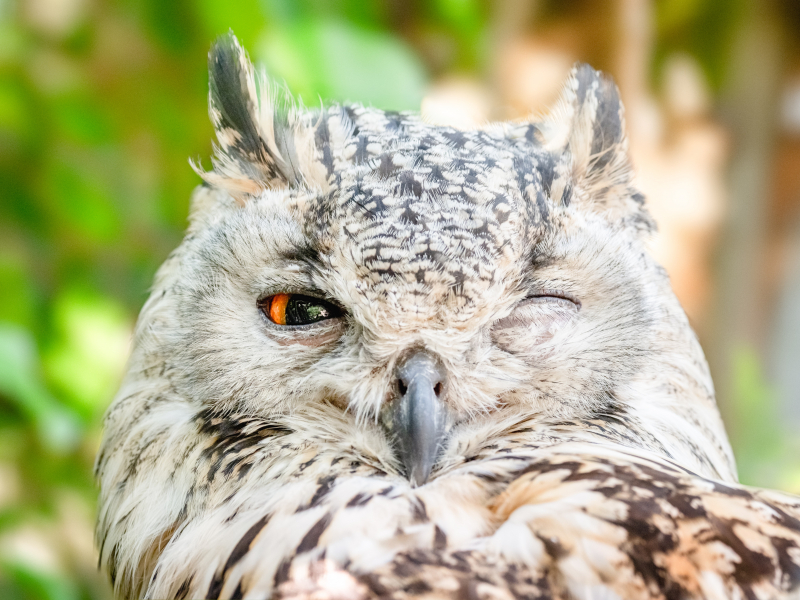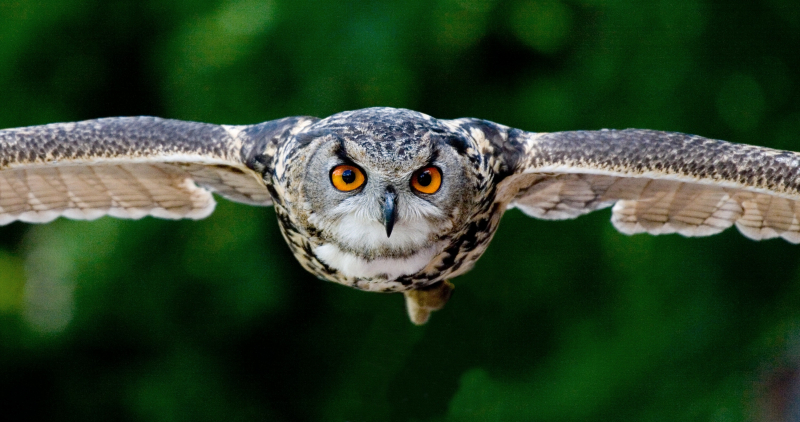How Do Owls Turn Their Head?
All owl species can bend their heads back up to 270 degrees without experiencing any negative effects. If we did that, we'd probably faint and, if we're lucky, end up in the hospital with severed arteries. Only a few other species have this particular adaption, such as the Southeast Asian species of island-dwelling primates known as tarsiers.
From an evolutionary perspective, it also makes perfect sense. Due to the fact that their eyes are stuck in one position, owls must glance around by rotating their heads. The anatomical processes that enable that kind of mobility, however, remain a mystery to us.
The ground-breaking discovery was done in 2013, when scientists at Johns Hopkins Medicine in Baltimore mapped out the structure of three owl species distributed throughout the Americas using cutting-edge imaging techniques and other approaches. It appears that their heads are made to be rotated at extraordinarily sharp angles. Their major artery is housed in a chamber in their neck that is around ten times larger than that of humans, giving them incredible head-turning mobility. Also, they have unique blood reservoirs right below their jawlines for continuous blood flow, preventing a stroke-like condition every time they swivel their heads to look behind them.












